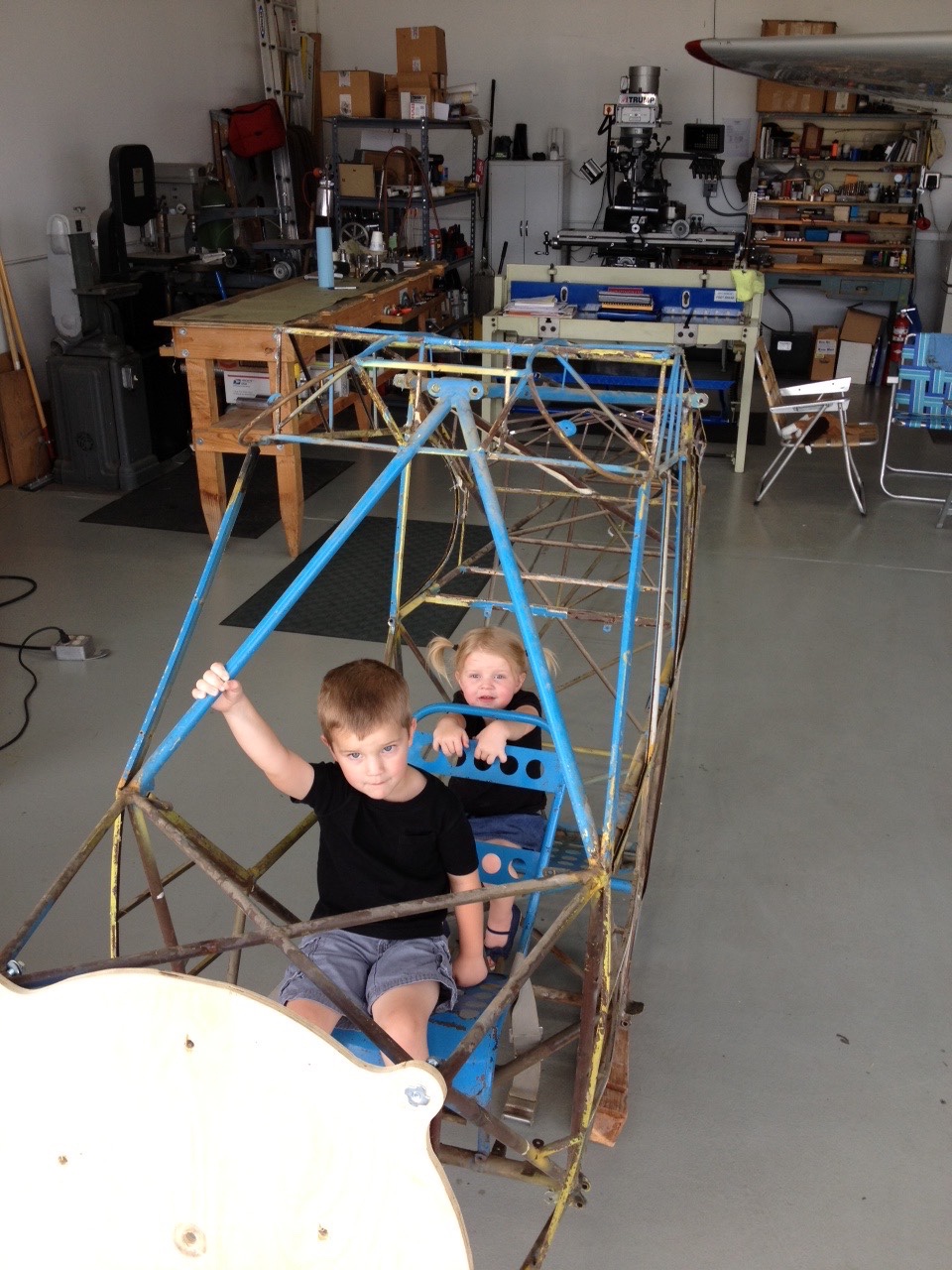As a father of five children, I can attest to the vast usefulness of superglue. The wondrous medium that binds broken toys, split fingertips, and said split fingertips to said broken toys works wonders in extending the life of those favorite toys, enhancing the lack of structural engineering in other toys, and keeping the hands that repair these toys from painting these repaired toys blood red. Knowing just a Readers Digest level of the importance of tea ceremonies in Japan, I can only imagine the plight of a 15th century shogun whose favorite tea bowl was damaged and sent to China in the hopes of being repaired. As the legend continues, Japanese craftsman admiring the hastily-repaired tea bowl saw an opportunity to improve upon these repairs, and decided to inlay gold into the cracks, turning a once damaged ornament into a well-revered treasure that magnified its calling beyond that of a vessel for tea, but an appreciation for the transformation process and the hands that made the pieces whole once more.
For over a century, man has taken flight in some way, shape, or form. Through these experiments, we have amassed multitudes of experience that have shaped aviation to what it is today. We have made flight accessible to all, as onlookers, as passengers, and as pilots. We’ve found a working balance that allows us to take thousands of pounds of man, metal, and machine, and propel them at nearly nine-tenths the speed of sound many miles above the surface of the earth in the far reaches of the atmosphere, and to do so repeatedly, safely, and comfortably. We’ve created standards, helped curate regulations, and empowered those who push the boundaries of those to keep up with the advancements in the designing, building, and testing phases of innovation. Yet we still find ourselves dropping our tea bowls, turning once-perfect porcelain planes into fragments of they once were.
Kintsugi, the Japanese art of golden patches used to mend broken pottery, relates to the philosophy of mushin, which discusses the acceptance of change and imperfection. Through the skilled hands of the artists, these repairs add value to the once-damaged items, bringing new life into something once revered for its perfection, now marveled for its transformation. What once may have been lost, is found, improved upon, and given a new life.
Our Cub is over 70 years old, yet continues to fly to this day having gone through its own transformation process. Through the many months these hands, among the many skilled hands that made the sacrifices necessary, breathed new life into the Cub’s structure, skin, and soul. Throughout the Cub are the ‘gold inlays’ that fill the voids that thousands of flight hours, hundreds of excited passengers, and dozens of bumps along the way created.
As aviators, we embody similar cracks that these decades have created. The learning process, and the realization of the innate ability of humankind to err, paints us modern aviators as being like these repaired pieces of china, cracked, damaged, yet made whole again through the lessons learned from the past. Where Japanese artisans would have used urushi and dirt to fill these voids, we’ve replaced gold with regulations, modern technology, and the desire to be transformative, much like the tea bowls of yore.
Our airframes may be more resilient, the technologies within them more efficient, but the pilot nestled inside them will continue to err. The strongest, well-revered, most experienced can fall. Focusing on our inherent capacity to fail, we disregard the opportunities to improve. Focusing on our golden inlays, we detract from the transformative process where those cracks came from. Focusing on our continual improvements in airmanship, mentorship, and stewardship, we enhance the experience, not only for us, but for those pieces that succumb to our slippery hands, those who secure them back together, and those we shepherd into this space.
